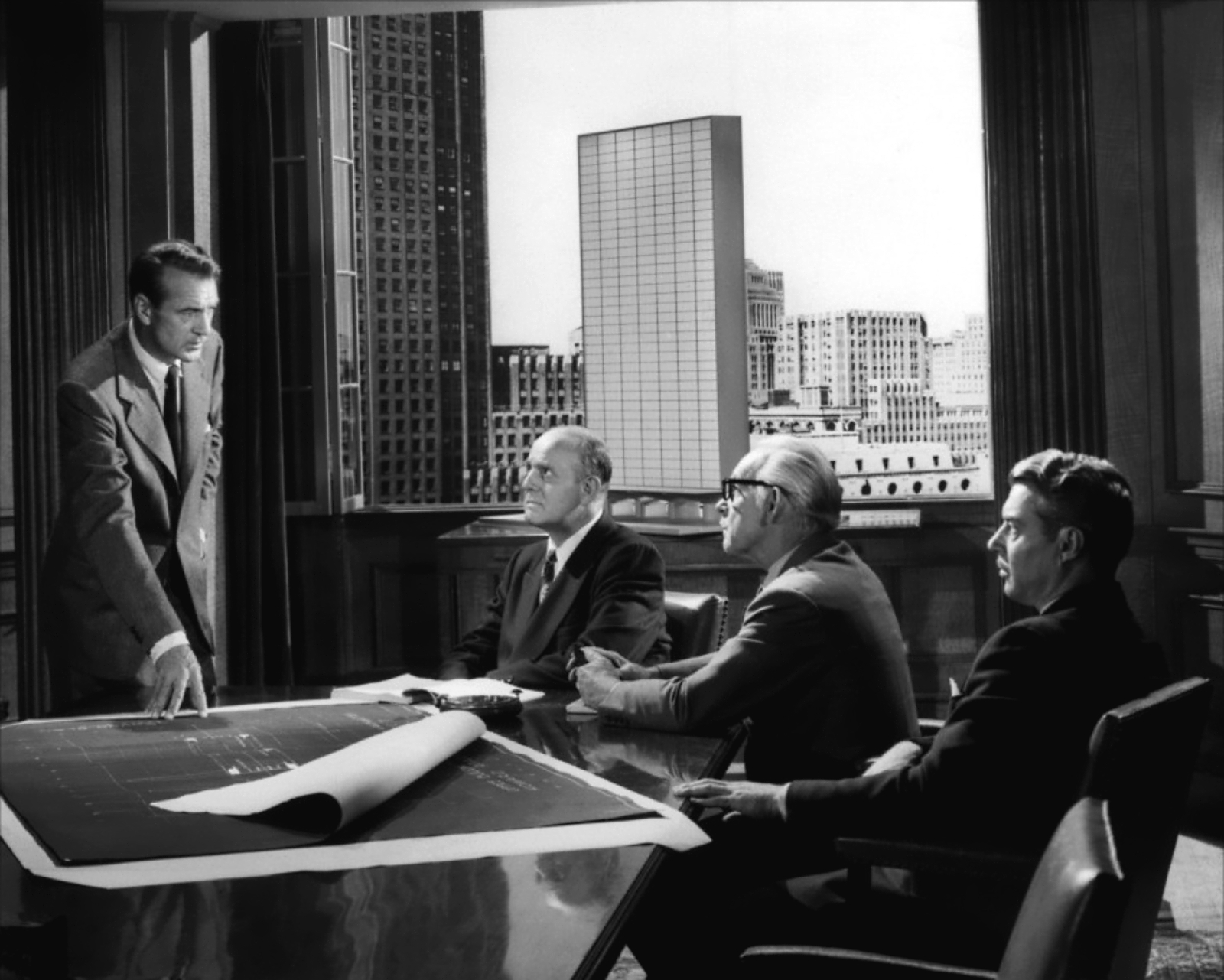Hot dumplings! Marinated apples! A barrel of cucumbers!
Want to add some quick color to your performance or film? Slip in a quick non-narrative vendor scene. No need for character or plot development. The audience will be quite content with the hawkers’ musical recitation of their wares.
The Gershwin / Heyward opera Porgy and Bess’ comic “Vendor’s Trio” makes a nice break from the tragedy.
The lively market number Who Will Buy? temporarily sidelines Oliver’s orphans to showcase the talents of the adult chorus members.
When the Simpsons’ 179th episode took Homer to New York City back in 1997, he was able to purchase such exotic delicacies as Khlav Kalash and canned crab juice from a collection of pushcarts at the base of the World Trade Center.
Less well known is the above bazaar sequence from The Tale of the Priest and of His Workman Balda (1933), a classic of Soviet animation. This short clip is the only part of director Mikhail Tsekhanovsky’s unfinished feature-length work to survive. The rest was destroyed in a fire at the LenFilm archives in World War II, the seemingly final chapter in its troubled history.
The film was based on Alexander Pushkin’s poetic retelling of a Russian folk tale about a greedy priest, who strikes an ill-advised bargain with a brawny worker. It was published posthumously, and only after censors had changed the priest into a merchant.
As he began work on the production, Tsekhanovsky invited Dimitry Shostakovich to compose the score, an innovation at a time when musical accompaniment was added to completed silent films. Shostakovich started, but was derailed by Pravda’s 1936 denunciation of his work in an article titled “Muddle Instead of Music.”
Eventually Tsekhanovskiy threw in the towel, too.
It does not end there, however.
After Shostakovich’s death, his widow got his student, Vadim Biberga, to complete work on the unfinished score. The Russian Philharmonic Orchestra released it in 2006, as part of a Shostakovich centennial.
A commemorative live performance that same year drew fire from the local diocese of the Russian Orthodox Church, who objected to the mocking portrayal of the priest. The theater bowed to pressure, staging seven priest-free numbers from the opera.
This recent history adds an air of defiance to the grotesqueries of the surviving clip, with top honors going to the smut peddler entering at the one minute mark, to extol the virtues of “a Venus with no garments and fat thighs.”
You can listen to Shostakovich’s full score here.
Related Content:
Three Animated Shorts by the Groundbreaking Russian Animator Fyodor Khitruk
Soviet Animations of Ray Bradbury Stories: ‘Here There Be Tygers’ & ‘There Will Come Soft Rain’
Ayun Halliday is an author, illustrator, and Chief Primatologist of the East Village Inky zine. Follow her @AyunHalliday


